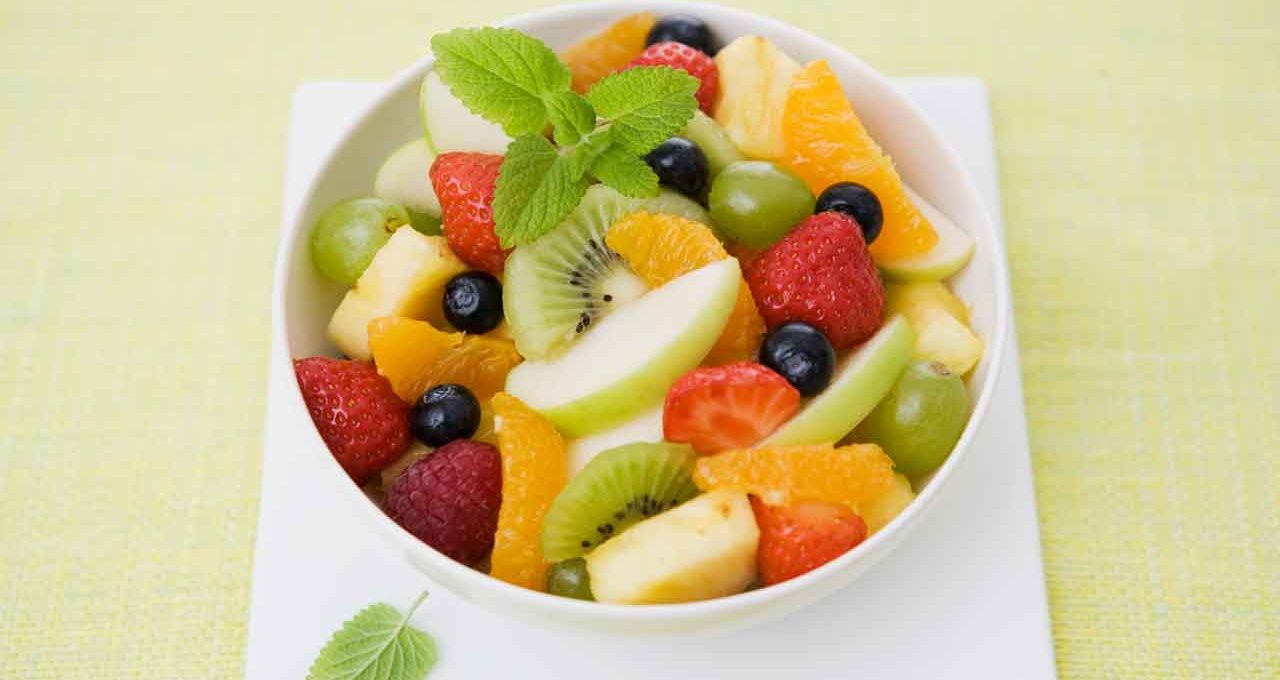The Volumetrics Diet

With a focus on foods that keep you feeling full, the Volumetrics diet is not your typical deprivation diet.
As is the case with most diets, the goal of the Volumetrics diet is to help you lose weight and maintain that weight loss with your new way of eating. To lose weight you have to consume fewer calories than your body needs for fuel. To maintain your weight, you need to match calories consumed with calories burned. With Volumetrics, the focus is on eating greater quantities of foods that have a low caloric density (CD) so you can lose weight but not feel hungry all the time. In some cases, the diet claims, you may actually eat more food while still shedding pounds.
The diet was developed by Barbara Rolls, a food–nutrition researcher at The Pennsylvania State University. The first edition, “The Volumetrics Weight-Control Plan,” was released in 2000. The current book, “The Ultimate Volumetrics Diet,” was released in 2012. As with many diets, Volumetrics is about establishing healthy, lifelong eating habits rather than a temporary or quick-fix.
YOU MIGHT ALSO LIKE: More Evidence for Fasting
What’s involved?
The “hook” of this diet is its focus on foods that fill you up but don’t add a lot of calories — foods that are high in water content, like fruits and vegetables, and foods that are high in fiber, which help keep you feeling full. Studies have shown that the caloric density (also called energy density) of food is positively associated with various markers for chronic disease, including body mass index, waist circumference, and fasting insulin levels.
Rolls says that lasting weight loss involves developing eating habits that are nutritionally sound, satisfying, and sustainable. She has presented the basics of how to do this in a 12-week structured plan that you are encouraged to personalize to fit your lifestyle. Each week presents the best available scientific evidence on a unique aspect of your food.
In Volumetrics, Rolls teaches you what types of foods give you the most satisfying portions for the calories, and gives tips on different ways to fill your plate, how to work in vegetables and fruits, and how to manage your food environment at home and when eating out. The book offers a four-week menu plan developed with registered dietitians, more than 100 recipes, and tips for modifying your own favorite recipes to use CD-lowering ingredients.
You are also encouraged to weigh yourself every day, keep a food journal, and track your steps and exercise. You are also encouraged to get into the kitchen and cook your own food.
YOU MIGHT ALSO LIKE: 8 Diet-Busters That Only Seem Healthy
There are no restrictions about things you can’t eat, but most of your diet will come from low- or very low-CD foods. To calculate a food’s CD you need two numbers — the calories per serving and the serving size in grams. Look at the nutrition facts panel on any packaged food. Find the weight in grams and the number of calories for a single serving. Divide the calories by the weight to determine the CD for that food. Volumetrics divides foods into four categories based on their CD.
- Very low-CD foods have fewer than 0.6 calories per gram and include broth-based soups, salad greens, cucumber, bell peppers, broccoli, carrots, berries, melons, apples, pears, fat-free plain yogurt, and salsa.
- Low-CD foods have 0.7 to 1.5 calories per gram and include potatoes, beans, grapes, bananas, brown rice, whole wheat spaghetti, cottage cheese, shrimp, turkey breast, ham, tomato-based pasta sauce, and fat-free ranch dressing.
- Medium CD foods have 1.6 to 3.9 calories per gram and include hummus, avocado, cheese, bread, chicken, eggs, salmon, pork chops, ground beef, pizza, ice cream, pretzels, and light mayonnaise.
- High-CD foods have 4.0 to 9 calories per gram and include butter, crackers, chips, bacon, cookies, cakes, donuts, peanut butter, nuts, jam, and olive oil.
The plan is to have three meals, two snacks, and one dessert per day. You’re encouraged to make the bulk of your diet from foods in the first two categories. By tracking your food for a week before you start the diet, you can look at what you normally eat, and using the charts in the book find foods you can swap out with low-CD alternatives.
Who would it be good for?
Volumetrics is a healthy way of eating because of its heavy reliance on fruits, vegetable, whole grains, non-fat dairy, and lean meat. If you follow the plan you should be able to meet most of the requirements for necessary nutrients, making it a great way to eat for just about anyone.
What are the drawbacks?
Although you can eat out and stay within the plans guidelines, if you’re following the Volumetrics eating plan you’re going to end up in the kitchen. If you have an aversion to cooking or grocery shopping, this may not be the diet for you.
Unlike many diets, the Volumetrics diet doesn’t provide good online resources or support. If you want to get into the nuts and bolts of the diet you have to buy the book.
Bottom line
The Volumetrics diet is an eating plan that will teach you how to eat more food while consuming fewer calories, resulting in weight loss. Rather than a quick weight loss diet Volumetrics is a philosophy and a way of eating that can be maintained over time.
YOU MIGHT ALSO LIKE: How to Motivate Yourself to Keep Your Diet Resolutions
Updated:
April 09, 2020
Reviewed By:
Janet O’Dell, RN